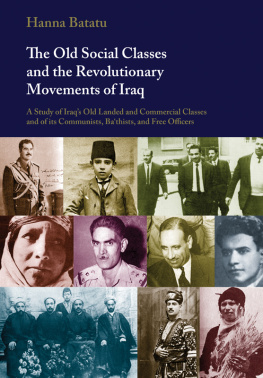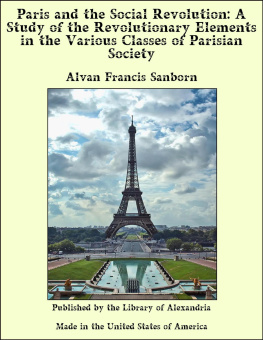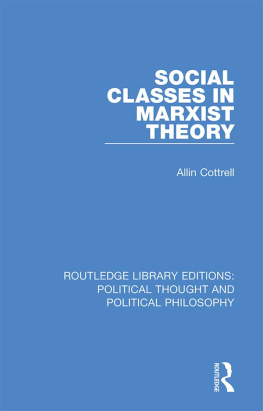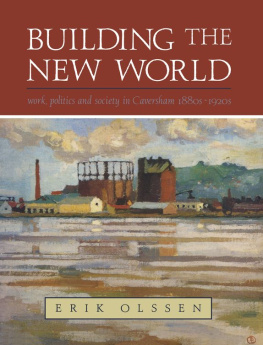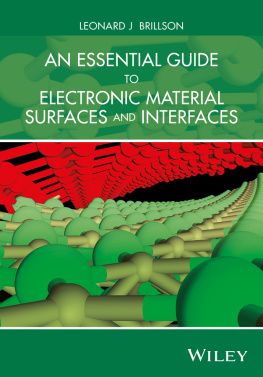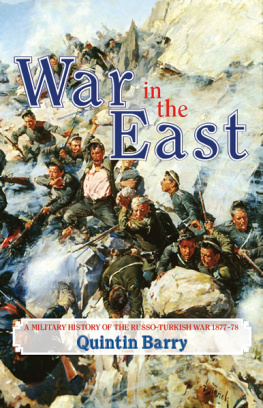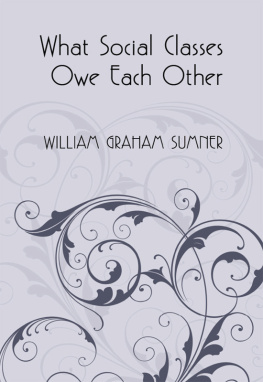The Old Social Classes
and the Revolutionary
Movements of Iraq
Hanna Batatu
The Old Social Classes
and the Revolutionary
Movements of Iraq
A Study of Iraqs Old Landed and
Commercial Classes and of its
Communists, Bathists and Free Officers

Paperback edition published 2004 by Saqi Books
This e book edition published 2012
ISBN: 978-0-86356-520-5
eISBN: 978-0-86356-771-1
copyright , 1978 Princeton University Press
All rights reserved. No part of this book may be reproduced or transmitted in any form or by any means, electronic or mechanical, including photocopying, recording or by any information storage and retrieval system, without permission in writing from the Publisher.
Saqi Books
26 Westbourne Grove
London W2 5RH
www.saqibooks.com
To the People of Iraq
LIST OF TABLES

LIST OF ILLUSTRATIONS (Illustrations follow Book II)

Members of Old Status Groups within the Landed or Mercantile Class
Figure 1. Naqb-ul-Ashrf of Baghdd and chief of the Qdir mystic order (Abd-ur-Ramn al-Gailn, c. 1919).
Figure 2. An aristocrat-official (Mamd Shawkat, 1909).
Figure 3. A son of an aristocrat-official (Kmel ach-Chdirch, 1907).
Figure 4. A mujtahid (Shaikh Muammad Mahd al-Khli, c. 1921).
Figure 5. A Sh sayyid lim in traditional attire (Muammad a-adr) greeting Faial I in 1926. The king and his aides (from left to right, Nr as-Sad, Jaml al-Midfa, and Abd-ul-usain Chalab) are wearing the sidrah, the characteristic headdress of the official and professional strata in the first two decades of the monarchy.
Figure 6. A Sh merchant-sayyid (asan al-Bam, c. 1912).
Figure 7. Chalabs, that is, merchants of high social status, in 1907. In the center is the youthful Abd-ul-Hd Chalab, who, fifty years later, would stand in Baghdd at the very peak of mercantile wealth.
Figure 8. A tribal sayyid (Musin Ab abkh, c. 1924).
Figure 9. A tribal shaikh (chief of the Dulaim, c. 1919).
Figure 10. A charkhach, that is, a member of a shaikhs mounted guard, c. 1910.
Figure 11. A Kurdish town sayyid (Shaikh Mamud of Barzinjah as ukumdar governorof Sulaimniyyah, 1920).
Figure 12. Kurdish tribal aghas (chiefs of the tribes of Pizhdar and Mangur, 1919).
Figure 13. A Kurdish town agha (Shamdn Agha, c. 1930).
The People
ILLUSTRATIONS FROM THE TWENTIES AND THIRTIES
Figure 14. Arab towers pulling a maailah upstream.
Figure 15. A Kurdish peasant ploughing northern plains.
Figure 16. An Arab peasant ploughing a palm grove in the south.
ILLUSTRATIONS FROM THE SIXTIES AND SEVENTIES
Figure 17. An Arab textile worker.
Figure 18. A Sabean silver workman.
Figure 19. A bedouin woman from the tribe of Shammar.
Figure 20. An Arab peasant girl harvesting wheat near Mosul.
Figure 21. A college girl at the library of Sulaimniyyah University.
Figure 22. Female members of the Peoples Army.
Leaders of Political Parties and Movements
Figure 23. Jafar Ab-t-Timman, leader of the National party (c. 1933).
Figure 24. Kmel ach-Chdirch, leader of the National Democratic party (behind the bars of the Baghdd prison, 1957).
Figure 25. Arsen Kidour, a leader of the Armenian Hentchak party.
Figure 26. Khlid Bakdsh, secretary general of the Syrian Communist party from 1936 to the present.
LEADING IRAQI MARXISTS AND COMMUNISTS
Figure 27. usain ar-Ral, father of Iraqi Marxism.
Figure 28. Fahd (Ysuf Salmn Ysuf), secretary general of the Iraqi Communist party, 1941-1949.
Figure 29. usain ar-Ra, first secretary of the Iraqi Communist party, 1955-1963.
Figure 30. From left to right, Communist Central Committee member Abd-ul-Karm Amad Ad-Dd, Politbureau members Zak Khair, Bah-ud-Dn Nr, and Muamma usain Ab-l-Iss, candidate member of Central Committee Abd-ul-Qdir Isml, and Politbureau members Amer Abdallah and Jaml al-aidar, leading the historic Communist demonstration of May 1, 1959.
Figure 31. Azz Muamma, first secretary of the Iraqi Communist party from 1964 to the present, and President Amad asan al-Bakr signing on July 17, 1973, the National Action Charter of the Progressive National Front.
THE MORE PROMINENT MEMBERS OF THE SUPREME COMMITTEE OF THE FREE OFFICERS
Figure 32. Rifat al-jj Sirr, founder of the Free Officers movement.
Figure 33. Abd-ul-Karm Qsim, chairman of the Supreme Committee of the Free Officers, 1956-1958, and premier of Iraq, 1958-1963.
Figure 34. Abd-us-Salm ref, president of the Republic, 1963-1966.
Figure 35. Abd-ur-Ramn ref, president of the Republic, 1966-1968.
Figure 36. her Yaya, prime minister, 1963-1965 and 1967-1968.
Figure 37. Nji leb, prime minister, 1966-1967.
LEADING BATHISTS
Figure 38. General Amad asan al-Bakr, president of the Republic, chairman of the Revolutionary Command Council, and secretary general of the Iraqi Bath from 1968 to the present, with Michel Aflaq, founder of the Bath party.
Figure 39. Fud ar-Rikb, secretary of the Iraqi Bath, 1952-1959.
Figure 40. At extreme right Al le as-Sad, secretary of the Iraqi Bath, 1960-1963, with other members of the 1963 Bath Command.
Figure 41. addm usain, Iraqi Bath secretary, 1964-1968, and Iraqi Bath assistant secretary general and deputy chairman of the Revolutionary Command Council from 1968 to the present, in the uniform of a general of the armed forces.
LIST OF MAPS

PREFACE

The work here presented is arranged in three books. The first comprises a study of the landowners and the men of money and commerce of prerepublican Iraq. The accent of the discussion is on the wealthier or more influential layers of these classes in the period of the monarchy, that is, in the years 1921-1958. However, as some of the traits of the social structure in monarchic days had their roots in the more distant past, the analysis ranges, at certain points, back to Ottoman times.
Apart from throwing some light on the circumstances, the power, the function, the way of thought, the political behavior, the social standing, and the origin of the position or of the wealth of the landed, commercial, and moneyed elements, the aim of this part of the study is to find out whether a class approach would open to view historical relations or social features that would otherwise remain beyond vision or, to put it more generally, whether such an approach, when applied to a post-World War I Arab society, is capable of yielding new insights or valuable results.
Anyhow, it is hoped that the first book will render it easier to understand the second and third books, which deal with the Communists, Bathists, and Free Officers, that is, with the movements that have been, in their leading layers, the chief expressions of Iraqs intermediate classes, the laboring people being of real importance only in the Communist ranks and merely in some areas or at certain points in the past. To trace the origins of these movements, seek out the roots of the thoughts and emotions by which they were impelled, describe their organizational forms and social structures, reconstruct their internal life in its significant moments, follow them through the ebbs and flows of their fortunes, and assess the impact they had on their country and its historysuch have been the main preoccupations in the second and third books.
Next page
